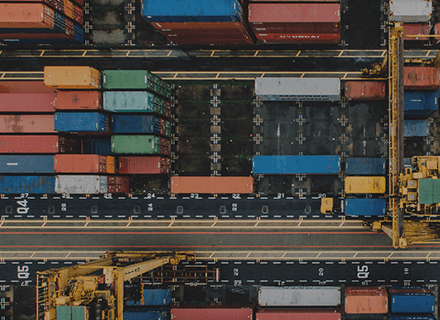The United Kingdom (UK) officially ceased to be a member of the European
Union (EU) on January 31st, 2020. However, the EU’s Common External Tariff
will continue to apply to all goods imported into the UK until the Brexit transition
period is over, on December 31st, 2020. On May 19th, the UK published details
of its new United Kingdom Global Tariff (UKGT) which will apply as of January
1st, 2021 to imported goods and will replace the EU’s Common External Tariff.
What is the purpose of the new United Kingdom Global
Tariff?
This new scheme aims to provide the baseline for tariffs that will be applied on
imports into the UK from all countries. Therefore, businesses will have to be
informed on this new regime if they plan to carry out such an activity. It is
expected that this new regime will provide said businesses with much needed
clarity and certainty on post-Brexit trade.
The Government’s policy intends to simplify tariffs by eliminating ‘’nuisance’’
tariffs (those of less than 2%) and rounding higher tariffs down to the nearest
standardised band. This will reduce administrative burdens for businesses that
want to import into the UK.
Additionally, the UK government plans to remove or reduce tariffs for goods
considered as key inputs to UK manufacturing (such as wood and plastic) as
well as tariffs in areas where the UK does not have a significant domestic
industry to protect (like cotton, bicycle parts and footwear). British
manufacturers and consumers rely on these imported goods, so the UK
government wants to avoid discouraging imports.
On the contrary, tariffs on products where the UK has defensive interests (such
as the automotive, agriculture and biofuel sectors) are being retained, in an
effort to protect British producers.
Finally, the UK Global Tariff also meets an environmental goal, hence why the
UK government is planning on making around 100 environmentally friendly
products tariff free in order to help the United Kingdom meet its Net Zero
commitment by 2050.
What does the United Kingdom Global Tariff cover?
The UKGT will apply to all goods at the border when they are imported
into the UK, but does not cover other import duties, such as VAT
(Value Added Tax). It is also important for businesses to inform
themselves on trade remedy measures, like anti-dumping,
countervailing and safeguards that could apply to certain products.
The UKGT does not apply under certain circumstances, for instance, if
an exception applies, such as a relief or tariff suspension. Furthermore,
the UK government has committed to allow preferential tariffs to less
economically developed countries under the Generalised Scheme of
Preferences. Therefore, if the goods that are imported come from one
of these countries, the UKGT will not apply. Lastly, the Global Tariff will
not be applied on imports from countries with which the UK has
secured a preferential trade agreement.
What is the new tariff-rate quota?
Products covered by a tariff-rate quota, can be imported at a zero or lower tariff
rate as long as they fall under a certain limit, which can be expressed in units of
weight, volume, quantity or value. If the limit is exceeded, a higher tariff rate will
apply.
What will be the consequences of the new United Kingdom
Global Tariff?
The UKGT will expand tariff free trade and will result in 60% of relevant imports
into the UK (around £30 billion worth of trade) becoming tariff free, as opposed
to 47% under the EU’s Common External Tariff.
The tariff and VAT have been removed on some goods in light of the
coronavirus outbreak. This will however be reviewed throughout 2020,
depending on how the situation evolves and could eventually continue to apply
in 2021 if necessary.
Lucía Fernández Yaipén.
